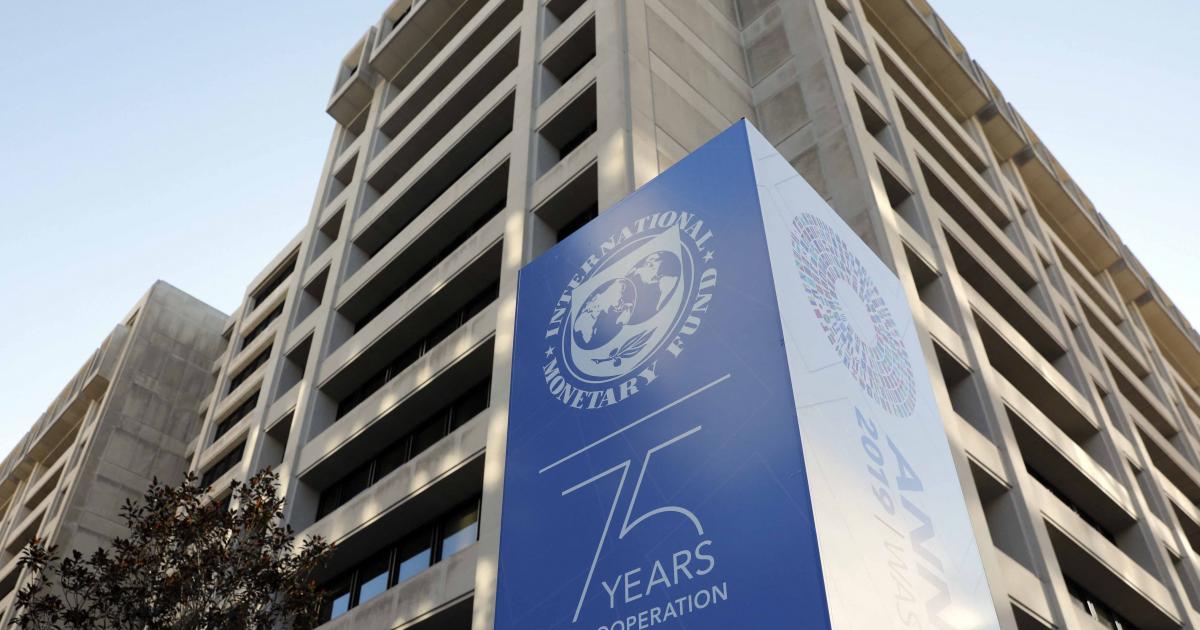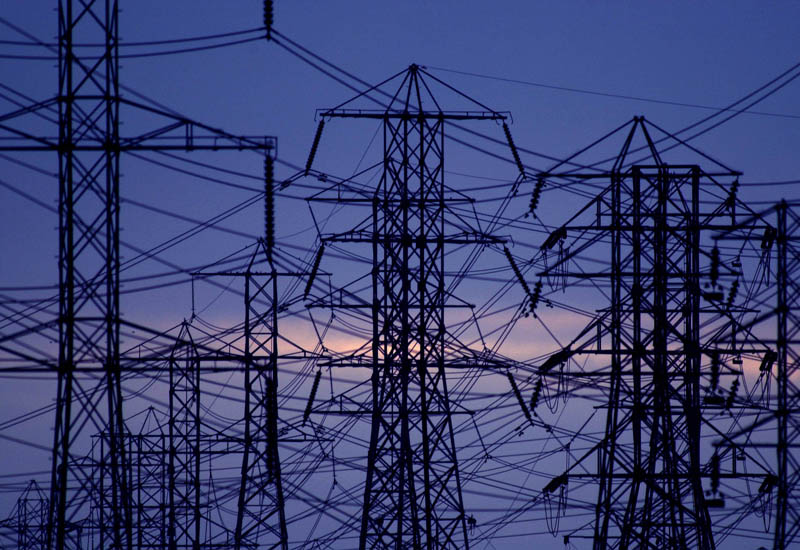- OPEC Cut, Resumed Militancy Pose Danger to Nigeria’s Oil Output
Nigeria faces two serious developments likely to impact its oil production in the coming months, writes Chineme Okafor.
In the course of the week, two crucial developments with the propensity to affect Nigeria’s crude oil production and, thus, its execution of the 2017 budget marks, took place. They are the acceptance of the country’s proposal to cap its oil production to 1.8 million barrels a day and a reported resumption of oil militancy in the oil-rich Niger Delta. Both developments, which are made worse by the unstable prices of crude oil in the international market, could delay Nigeria’s reported gradual exit from economic recession that it officially slumped into last year.
OPEC Cap
The Organisation of Petroleum Exporting Countries and non-OPEC producers, led by the Russian Federation, approved the decision of the Nigerian government to cap its oil production at a sustainable volume of 1.8 mbd, having pressed Nigeria and Libya, which got an initial exemption from a production cut agreement to stabilise prices, to consider coming into the agreement.
At the Joint OPEC and Non-OPEC Ministerial Monitoring Committee meeting on Monday in St. Petersburg, Russia, OPEC and its ally reviewed the June 2017 report on its freeze agreement. JMMC also listened to the presentations made by the representatives of Libya and Nigeria on their production recovery plans, prospects and challenges.
The oil producers groups, which agreed to cut oil output by a combined 1.8mbd starting from January 2017 until the end of March 2018, then accepted Nigeria’s proposal to cap its output on 1.8mbd. This was amid difficulties with Nigeria’s recovery of its production from destructions caused by internal strife in the Niger Delta.
In a communiqué issued at the end of the St. Petersburg meeting, the JMMC said it welcomed Nigeria’s flexibility in this regard, “which despite its commitment to recover its pre-crisis production level, voluntarily agreed to implement similar OPEC production adjustments as soon as its recovery reaches a sustainable production volume of 1.8 million barrels per day.” It, however, did not back capping of Libya’s output because, according to it, the country’s production was unlikely to exceed 1mbd in the near future. Libya’s production capacity is between 1.4mbd and 1.6mbd, which it did before the unrest in the country broke out in 2011, leading to its balkanisation.
Compliance Review
At the meeting, the groups reviewed the June 2017 report as well as how they had fared in the first six months of the “Declaration of Cooperation”, as submitted by the Joint OPEC and Non-OPEC Technical Committee. From the JTC report, including the presentations made by Libya and Nigeria on their production recovery plans, prospects, and challenges, they acknowledged the upside limitations of both countries beyond their current production levels. JMMC said concerning the two countries, “Once their production levels stabilise, participating producing countries should further cooperate in a manner that contributes to the stabilisation of the market.”
They equally noted that the JMMC will continue to monitor and recommend further actions, including the holding of an extraordinary conference of the 24 producing countries, if needed, to keep up its efforts at stabilising the oil market. The committee said the oil market was making steady and significant progress towards rebalancing, in line with the report of the JTC for June 2017, which reviewed market developments and the results of the first six months of progress made after OPEC’s 171st Ministerial Conference Decision and the respective voluntary adjustments in keeping with the Declaration of Cooperation.
Furthermore, the meeting stated that the continued strengthening of the global recovery was underway, with stability in the oil market remaining a key determinant. It emphasised that market volatility had been lower in recent weeks and investment flows had visibly started to improve in the industry.
According to the JTC report, the several positive indicators going forward include expected significant increase in oil demand in the second half of 2017 compared to first half of 2017, with the growth reaching a level of 2mbd, which should sustain the inventory draws.
The report equally noted that participating OPEC and non-OPEC producing countries achieved a conformity level of 98 per cent in June 2017, adding that the same high level of conformity was observed for the first six months of January to June 2017.
Between January and June 2017, it explained that participating producing countries adjusted their production downwards by an estimated volume of 351 million barrels. This, the JMMC said, it would sustain by continuing to engage with all participating countries individually, and in particular, those that were yet to achieve 100 per cent conformity for the remaining period of the Declaration of Cooperation.
Reappearance of Militancy in Nigeria
In his remarks at the opening of the JMMC, OPEC Secretary General, Mohammed Barkindo, who was once head of Nigeria’s national oil corporation, Nigerian National Petroleum Corporation, assured other producers that Nigeria had no intention of going beyond its oil production target of 1.8mbd until the end of March 2018. Barkindo explained that Libya had an output target of 1.25mbd by December, but that remained a target given the challenges the country faced.
But just as Nigeria’s output cap proposal was approved at the St. Petersburg meeting, the country reported a fresh break on one of its crude lines – the 180,000 barrels a day Trans-Niger Pipeline. The attack upset its recovery from low production levels.
Already, the country had benchmarked in its 2017 budget a daily production of 2.2mbd, but the attack on the TNP located in the western Niger Delta in the early hours of Monday resulted in the shut in of 150,000bpd.
Confirming the breach on the TNP, Group Managing Director of NNPC, Dr. Maikanti Baru, told journalists on the side-lines of the extraordinary session of the council of ministers of the African Petroleum Producers Organisation in Abuja that culprits of the attack were yet to be identified. Baru said the fresh militant attack on the TNP, which crisscrossed the Ogala, Alakiri, Cawthorne Channel and Bonny areas of the western Niger Delta, transporting about 180,000bpd to the Bonny export terminal in Rivers State, would lead to a loss of 150,000bpd of oil from the pipeline. Data from Shell Petroleum Development Company indicate that the TNP is operated by SPDC under a joint venture with NNPC, Nigerian Agip Oil Company, and Total E&P, and is part of the gas liquids evacuation infrastructure system critical to the Afam VI power plant and liquefied gas exports.
Baru said, when asked about the country’s oil production mark, “Unfortunately, we have not been able to sustain it (oil production) because we got challenges. As I am talking to you this morning, the Trans-Niger pipeline has been breached in Ogoniland and that is 150,000 barrels of oil that have been knocked off. That has been an issue with that area.”
He added that NNPC and its partners would continue to dialogue with the communities and expressed hope that production would be restored.
Effect of the Production Cap on Nigeria
Minister of State for Petroleum Resources, Dr. Ibe Kachikwu, however, stated that the country’s budget would not be seriously affected by the recent developments. Kachikwu said in Abuja that the production cap was not yet effective, and would not be until the country was comfortably placed to report to the groups a consistent production pattern in line with the cap. He explained that out of the 2.2mbpd production volume in the budget, about 450,000 barrels were purely condensate, leaving the balance as crude oil alone, thus indicating that the country was still in line.
According to the minister, “First of all the 1.8mbd has not gone into effect., I am meant to report back to them within the nine months timeframe we were given exemption to confirm that we have stabilised production and stabilisation of production does not mean that we produce 1.8mb in one day then there is stabilisation.
“There is going to be a month-to-month analysis where we will get comfort that all things that prevented us from stabilising our production have ebbed and we can consistently produce above 1.8mbd.
“Again, 1.8mbd refers to crude, it does not refer to our production, our production is about 2.2mb, we have not been asked to attack that, but 450,000 barrels of that is condensate, which are a separate number. We did a very careful work before this whole process began to ensure that OPEC recognise like other countries have done, that condensate weren’t part of the crude analysis and we’ve done that and taken it out.
“Really, in terms of its effects in the 2017 budget, there is really no effect because we are going to continue to use the 2.2mbd number. Barring all the other incidentals in terms of pipeline ruptures, or stoppage of work for one reason or the other, we are going to continue to run to those numbers. The 1.8mbd, like I said, is purely crude.”

 Naira4 weeks ago
Naira4 weeks ago
 News3 weeks ago
News3 weeks ago
 Education4 weeks ago
Education4 weeks ago
 Social Media4 weeks ago
Social Media4 weeks ago
 Economy4 weeks ago
Economy4 weeks ago
 Investment4 weeks ago
Investment4 weeks ago
 Dividends4 weeks ago
Dividends4 weeks ago
 Business3 weeks ago
Business3 weeks ago



























